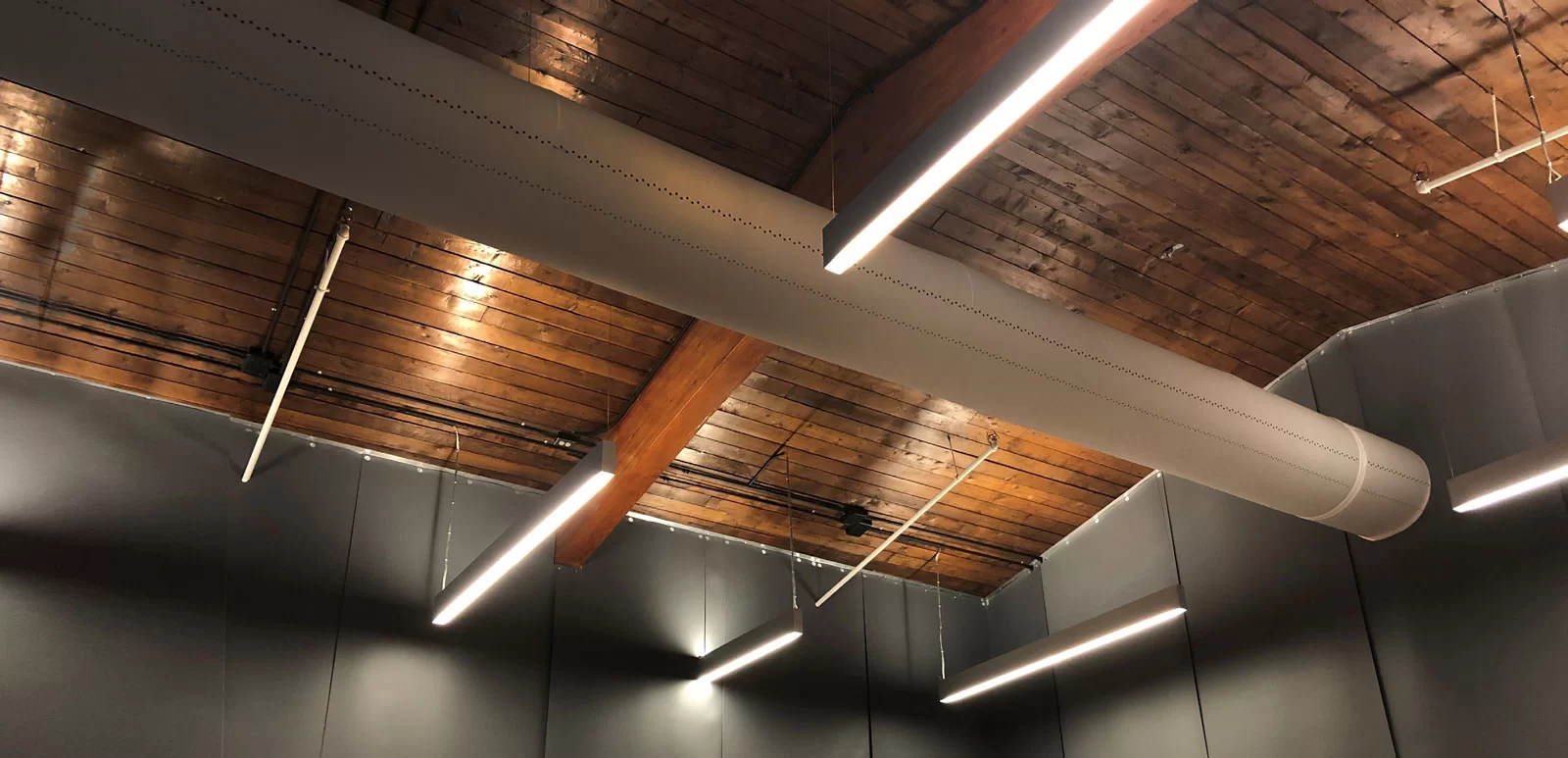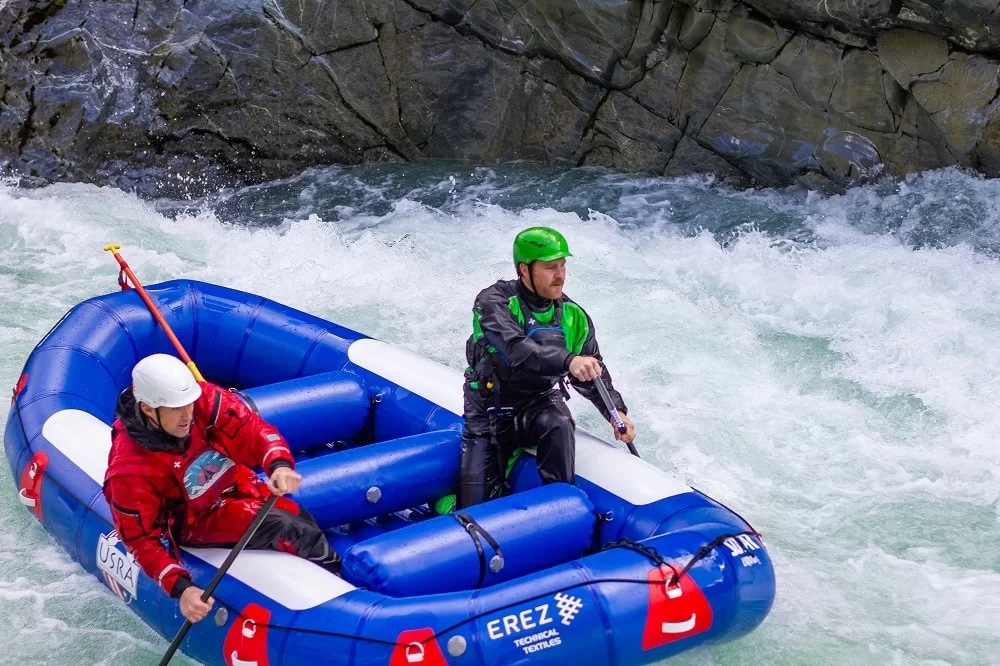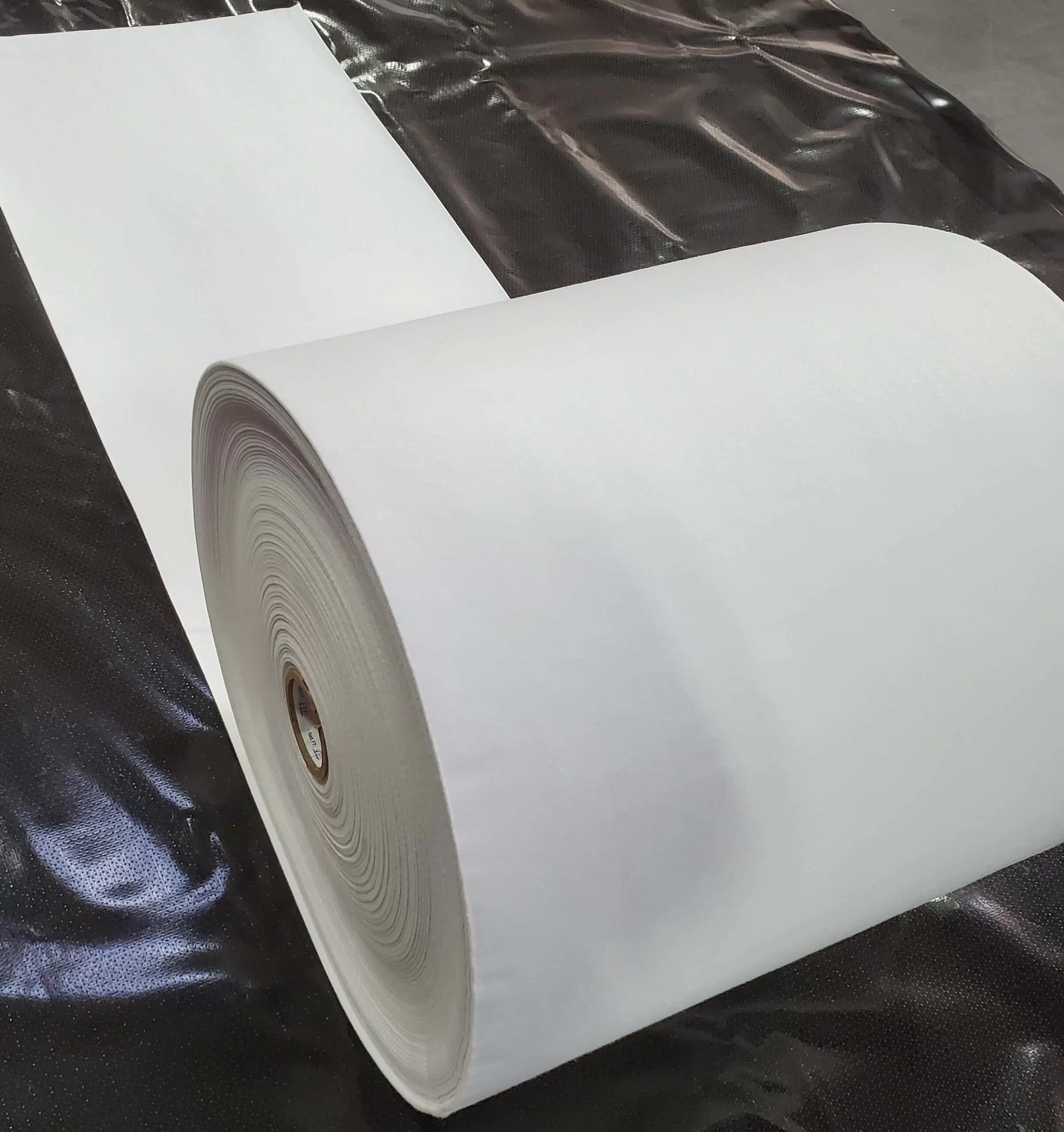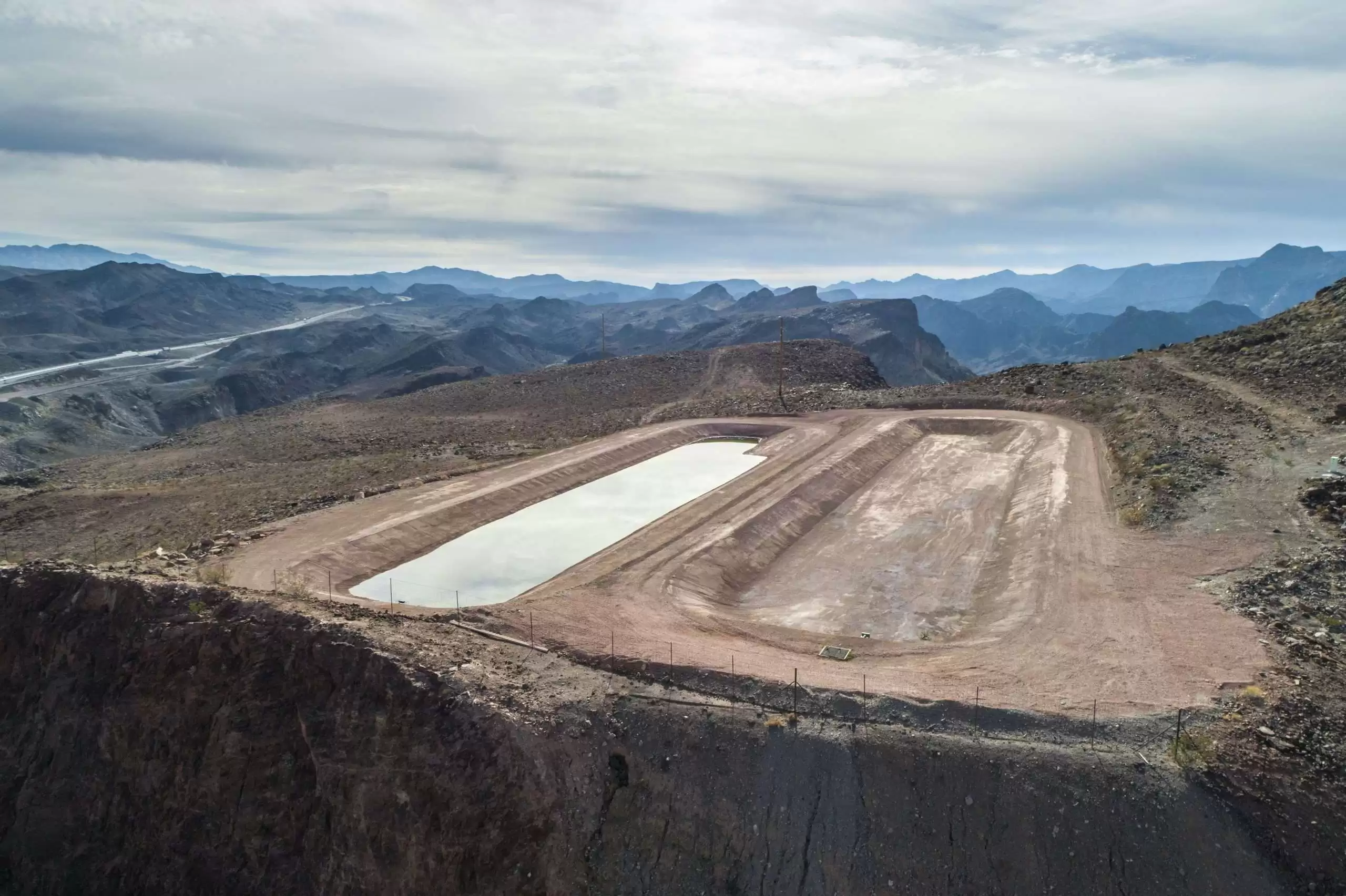Specifications are the bedrock of geomembrane development, fabrication, and installation. But for engineers on the receiving end of new projects and geomembranes, specifications can often breed confusion. Unfortunately, there are many outdated specifications in use today that can cause headaches during installation. Today, we’ll explain why it’s essential to use the current guidelines and find the right specs for your project.
Table of Contents
Why Are There So Many Outdated Specs?
It is alarmingly common for geomembrane projects today to be based on outdated specs. For example, PVC is one of the most commonly specified materials for a wide range of applications. But, the most common spec in use for PVC is from 2004, even though industry organizations have released three new specification versions since then.
A lot of the confusion simply comes down to a lack of awareness of the specification updates.
This is particularly problematic as the generation gap grows between older and younger geomembrane project engineers. Many veteran engineers don’t want to know or learn about new geosynthetic materials. That has meant that there are fewer guides to teach updated specs to young engineers starting out in the industry.
Using Current Specs Matters
Unfortunately, using outdated specs has consequences for geomembrane installations. Using the incorrect material for a specific project can lead to wrinkles, shrinkage, or welding issues. These problems are often costly and time-consuming to fix in the field. Worse, they can compromise the integrity of a geomembrane installation if they’re not dealt with appropriately.
Outdated Specs Can also Raise the Overall Cost of a Geomembrane Installation
Relying on guidelines that are decades old often means opting for more expensive geomembrane materials. Specification updates typically reflect best practices for the use of more modern, cost-effective geomembrane materials.
Finding the Right Specs for Your Project
When it comes to getting the right specifications for a particular geomembrane installation, there are three main sources.
ASTM International
ASTM International is primarily composed of materials producers. This organization offers specifications based on geomembrane materials that won’t undergo fabrication.
FGI
The Fabricated Geomembrane Institute is a coalition of geomembrane fabricators. The FGI modifies ASTM International specs to reflect the extra processing and treatment that geomembranes undergo during fabrication.
IAGI
The International Association of Geosynthetic Installers is comprised of engineers, field installers, and welders. IAGI is an organization that has long been the standard-bearer of specs used by civil engineers.
Using up-to-date FGI and IAGI Specs for Your Projects
In recent years, the FGI and IAGI have come together to produce unified standards. These updated specifications better reflect the capabilities of fabricated geomembranes. Using up-to-date FGI and IAGI specs for your projects is the best way to avoid costly headaches down the road.
Deliver Top Quality on Every Project
Applying current specifications in a geomembrane project is essential to getting the job done at the highest level as well as avoiding costly errors. It is unfortunate that the common go-to specs in the industry are to the outdated versions.
At E Squared, we make it a priority to educate and guide our industry partners on how they can make the most of staying in tune with the above organizations and their specs. By consulting our experts, you can deliver top quality for any project.











